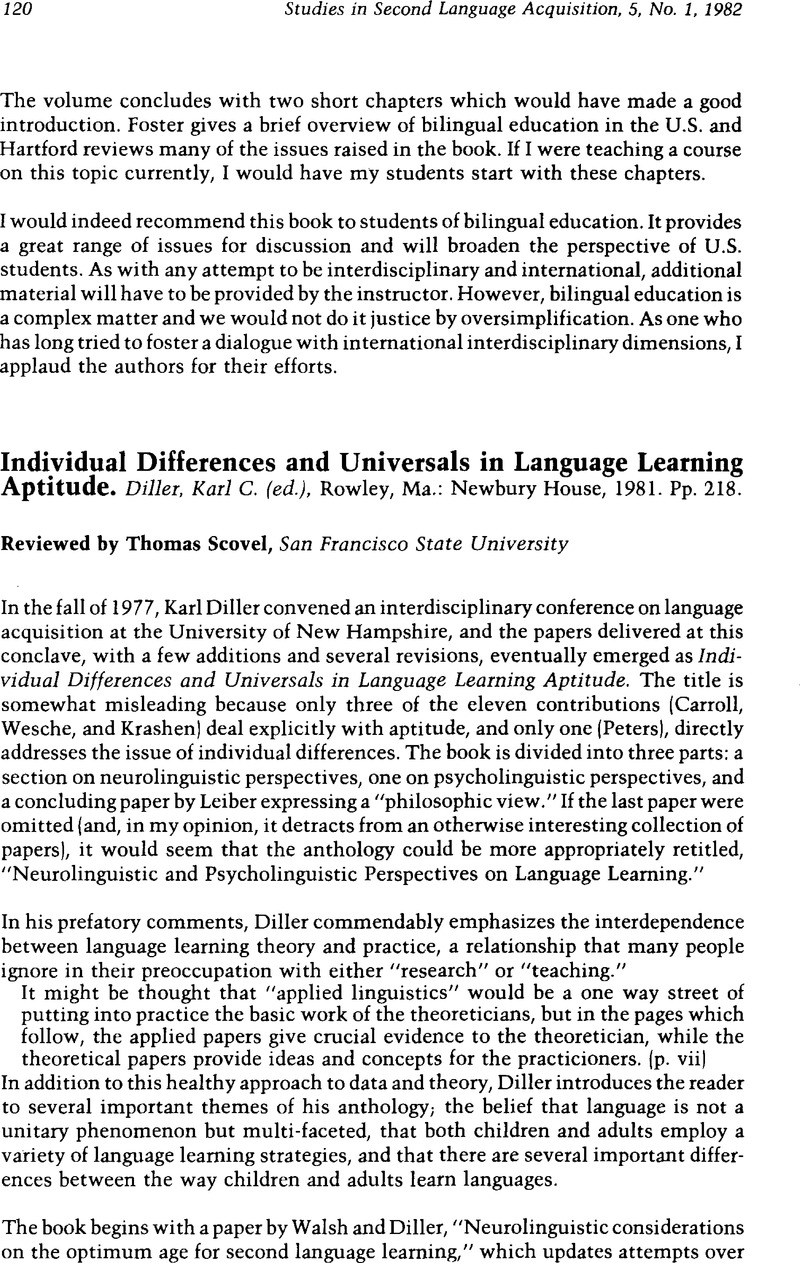Crossref Citations
This article has been cited by the following publications. This list is generated based on data provided by Crossref.
Chernovaty, L.
2023.
Pedagogical grammar as the framework of TEFL research. Part 15. Age and foreign language acquisition: biological, cognitive and affective factors.
Teaching languages at higher institutions,
p.
163.





